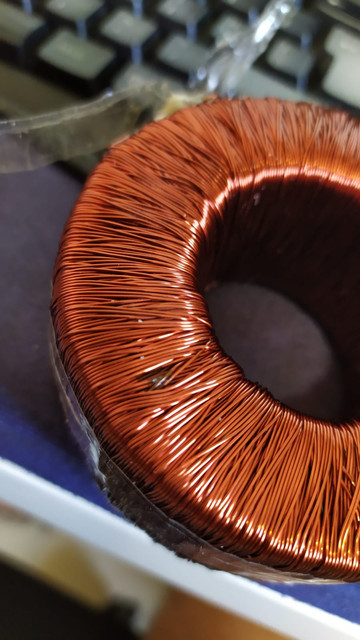hey all,
I will appreciate some help.
2 years ago my tapco s8 active monitor started blowing fuses. it was a shorting transformer. i opened a post here and ended buying a new one, over powered, just to be safe.
bought a triad magnetics 100VA with correct secondaries, and it worked fine.
yesterday i went to the studio after not being there for few months, turned on the switch, and bam, same thing. the new transfo is shorted, the 800mA fuse of course blew up.
I have no idea what to do next, is that inrush current? if so, something is malfunctioning and causing it, because other monitor still works fine..(and i took a 2x bigger transfo).
circuit is quits simple, the secondaries go to the rectifier and i end up having 2x31 electrolytics looks fine as well.
what do you think? i dont think its overheating since it happens on turn on
I will appreciate some help.
2 years ago my tapco s8 active monitor started blowing fuses. it was a shorting transformer. i opened a post here and ended buying a new one, over powered, just to be safe.
bought a triad magnetics 100VA with correct secondaries, and it worked fine.
yesterday i went to the studio after not being there for few months, turned on the switch, and bam, same thing. the new transfo is shorted, the 800mA fuse of course blew up.
I have no idea what to do next, is that inrush current? if so, something is malfunctioning and causing it, because other monitor still works fine..(and i took a 2x bigger transfo).
circuit is quits simple, the secondaries go to the rectifier and i end up having 2x31 electrolytics looks fine as well.
what do you think? i dont think its overheating since it happens on turn on
















![Electronics Soldering Iron Kit, [Upgraded] Soldering Iron 110V 90W LCD Digital Portable Soldering Kit 180-480℃(356-896℉), Welding Tool with ON/OFF Switch, Auto-sleep, Thermostatic Design](https://m.media-amazon.com/images/I/41gRDnlyfJS._SL500_.jpg)

















